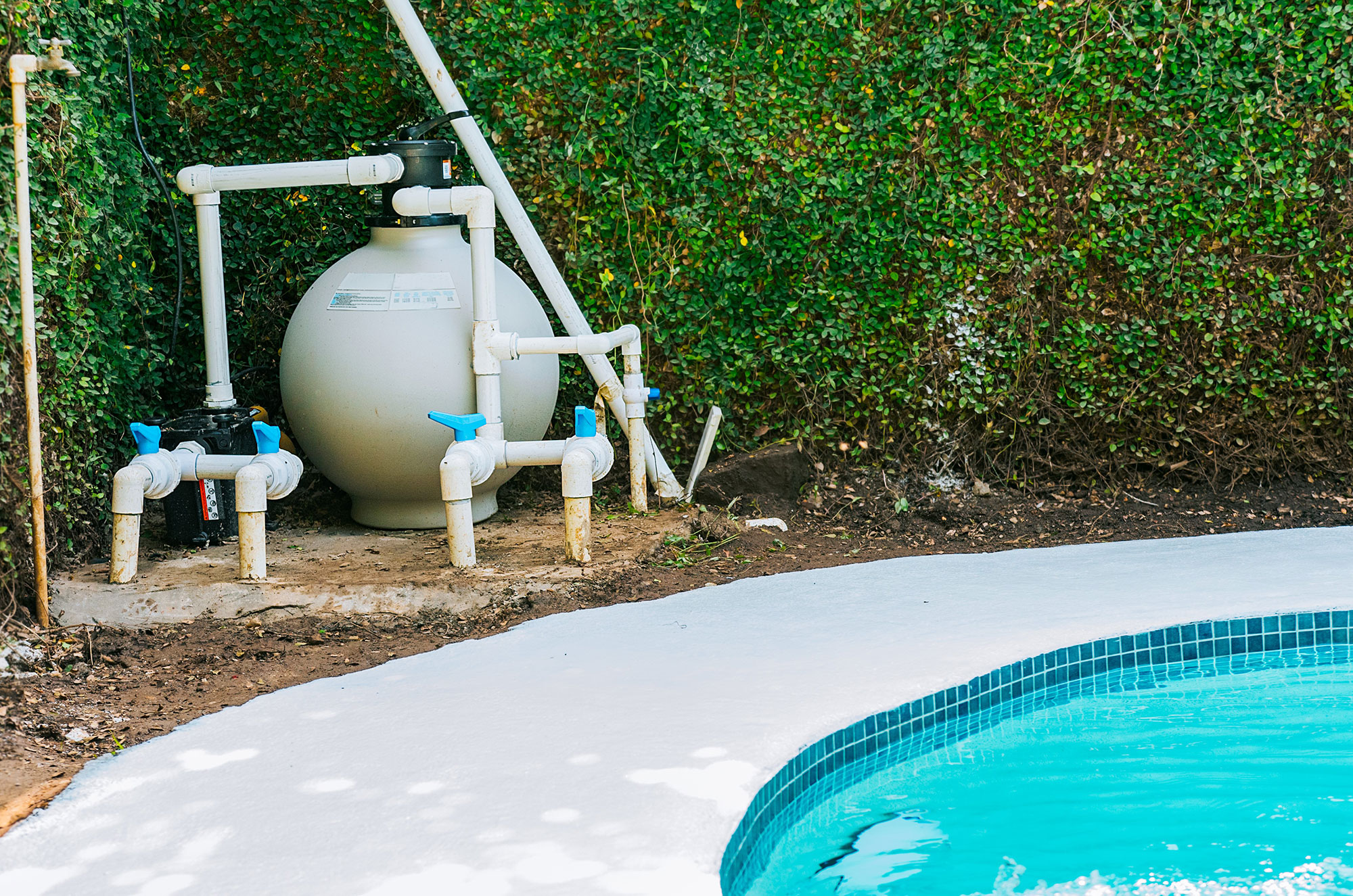
THE PRODUCT:
Dedicated-purpose pool pumps (DPPPs) are used to circulate and filter swimming pool water in order to maintain clarity and sanitation.
THE STANDARD:
The current standards for DPPPs took effect in 2021 and are the first federal efficiency standards for these products. The standards were negotiated by a working group, which included representatives from pool pump and motor manufacturers, state government, utilities, and efficiency advocates. For most in-ground pool pumps, the standards effectively require the use of variable-speed motors, which can cut energy use by about 70% relative to single-speed pumps.
KEY FACTS:
As of 2020, there were nearly nine million swimming pools in the US. A typical single-speed pool pump can consume up to 6,000 kWh of electricity per year, which is equivalent to about half the annual electricity consumption of an average US household. Variable-speed pumps provide huge energy savings by being able to operate at a low speed most of the time while the pump is circulating water for filtration.



